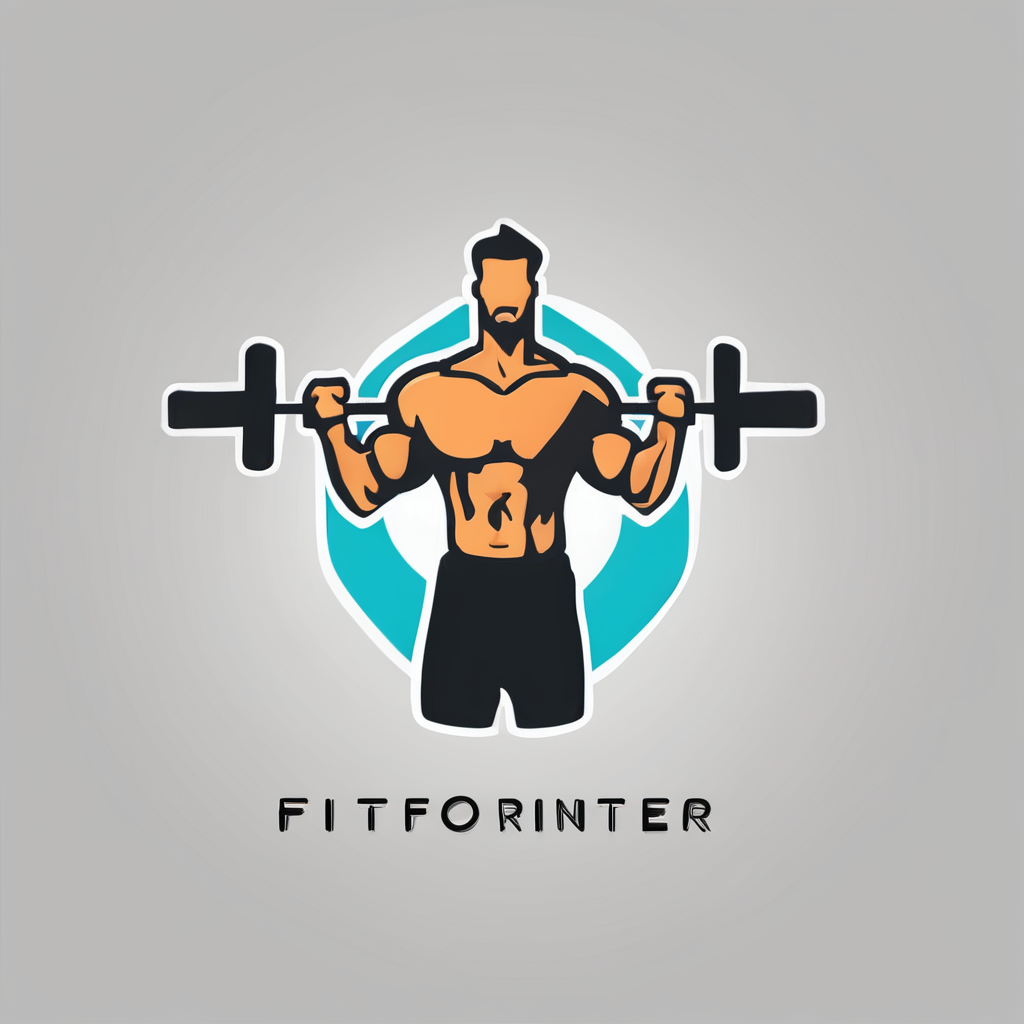In the quest for improved fitness and stronger muscles, many overlook the profound impact of active recovery. While pushing your limits in the gym is key to progress, integrating active recovery days can enhance your workout results. It’s not just a matter of resting, but of nurturing your body to help it rebound. This article delves deep into how you can seamlessly weave active recovery into your training routine to ensure optimal health and performance.
Understanding Active Recovery
Before diving into the how-to, it’s crucial to understand what active recovery entails. Unlike complete rest, active recovery involves engaging in low-intensity exercise to facilitate muscle repair and rejuvenation. The goal is to maintain movement while allowing your body to recover.
Additional reading : How can interval training enhance your cardiovascular endurance?
The benefits are compelling. Active recovery promotes blood flow, which aids in delivering nutrients to muscles and removing waste products. This process not only speeds up recovery but also enhances overall movement and flexibility. By incorporating this practice regularly, you can sustain training intensity over time without succumbing to fatigue or burnout.
To integrate active recovery into your routine, focus on activities like yoga, walking, or gentle swimming. These exercises allow the body to repair without the strain of high-intensity workouts. Furthermore, they’re an opportunity to engage with different muscle groups and enhance your fitness journey in a holistic manner.
Also to see : What are the best practices for fueling your body before and after workouts?
The Role of Rest and Recovery Days
Every athlete knows the value of rest, but not all appreciate the nuanced role of active recovery days. These days are not about lounging but about offering a reprieve to your overworked muscles. While traditional rest days involve passive relaxation, active recovery days maintain physical engagement without stressing the body.
On these days, focus on low-intensity exercises that target different muscle groups than your typical workouts. This shift allows you to move without adding undue stress. It’s a time to explore new forms of exercise that might supplement your primary workout regimen, such as yoga for flexibility or Tai Chi for balance.
Moreover, adopting these practices can serve as a mental reset. The chance to engage in enjoyable activities fosters a positive relationship with fitness, reducing burnout and enhancing motivation. By valuing these days, you acknowledge the importance of balance in a comprehensive training plan.
Designing Your Active Recovery Day
Crafting an effective active recovery day requires intentionality and creativity. Begin by assessing your fitness goals and your current training regimen. This evaluation will guide the intensity and type of activities you choose.
On an active recovery day, you might start with light cardio, such as a brisk walk or a leisurely bike ride. These activities get the heart pumping, promoting circulation without the rigors of a more demanding workout. Follow this with a session of yoga or stretching to enhance flexibility and relieve muscle tension.
Incorporating breathing exercises or meditation can be a beautiful addition to your routine. These practices center the mind, reducing stress and enhancing overall health. The key to a successful active recovery day is to listen to your body, adjusting activities based on your energy levels and needs.
Remember, the purpose is to aid in muscle recovery while maintaining movement. Experiment with different activities to find what rejuvenates you. Consistency is crucial; regular active recovery days can significantly influence your fitness outcomes.
Mistakes to Avoid in Active Recovery
Incorporating active recovery into your fitness routine requires awareness and adaptability. While the benefits are manifold, there are common pitfalls to avoid. Understanding these mistakes can make your recovery days more effective and enjoyable.
One major error is overestimating the intensity of your activities. Active recovery should not feel like a regular workout. The aim is to engage muscles gently, so activities like high-intensity interval training or heavy weightlifting are counterproductive.
Another mistake is skipping active recovery entirely. Many prioritize rigorous exercise without acknowledging the necessity of rest. Over time, this can lead to burnout, injuries, and diminished performance. By neglecting recovery, you may inadvertently hinder your progress.
Lastly, don’t ignore the body’s signals. If you feel exhausted or in pain, it’s crucial to adjust your recovery plan. The body communicates its needs, and tuning in can prevent long-term setbacks.
Active recovery is about fostering better health and performance through balance. Avoid these mistakes to maximize the benefits of your rest days.
Active recovery days are a cornerstone of effective fitness regimens. They provide a necessary break from high intensity, allowing your body to heal and prepare for future challenges. By integrating these days into your routine, you help sustain long-term health and performance.
By understanding the principles of active recovery, designing thoughtful rest days, and avoiding common pitfalls, you can ensure that your workouts are both productive and enjoyable. The next time you plan your training, remember the value that active recovery brings. Allow your muscles the time they need to recover, and they will reward you with enhanced strength and resilience.











